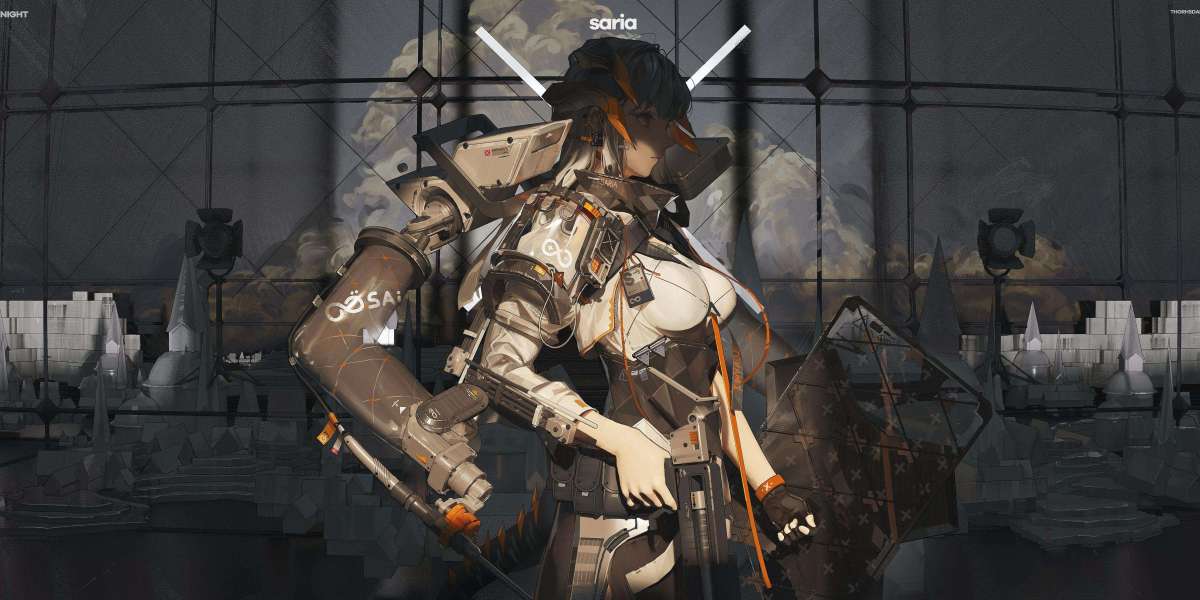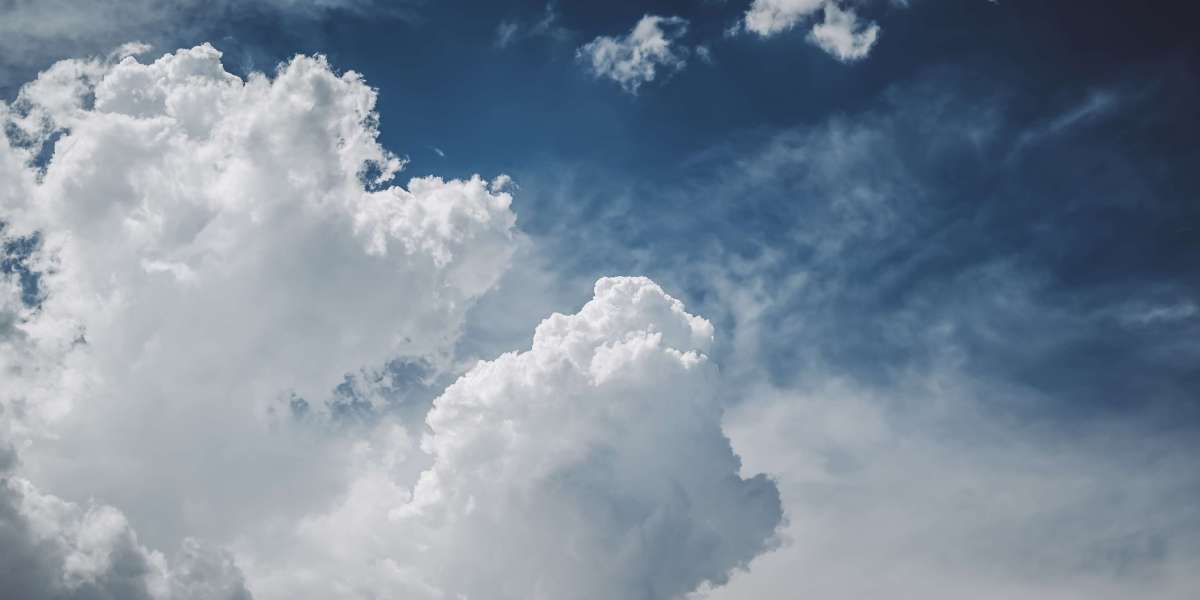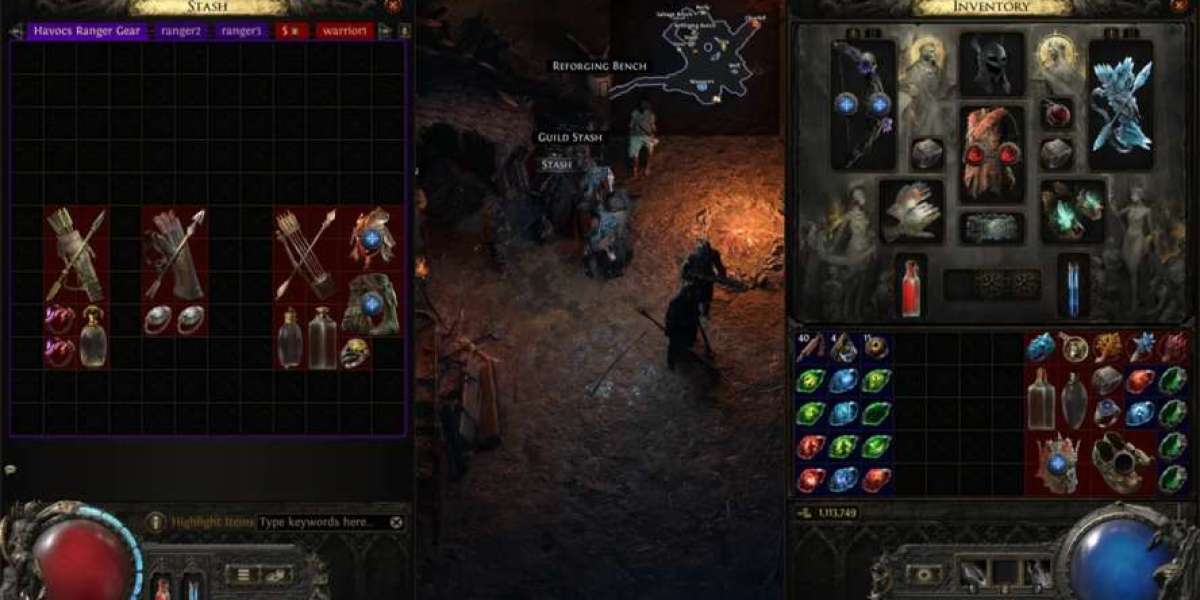As a newcomer to the world of 3D printing, you may encounter various challenges that can hinder your printing experience. Understanding 3D print troubleshooting is crucial for achieving successful prints. This article aims to provide you with essential tips to navigate common issues effectively.
Understanding Common 3D Print Issues
When you begin your journey in 3D printing, it is vital to recognize the typical problems that may arise. Some of these issues include:
- Layer adhesion problems
- Warping of prints
- Stringing between parts
- Under-extrusion or over-extrusion
Identifying these issues early can save you time and materials. But how do you know which problem you are facing? Observing the print closely during the process can provide valuable insights.
3D Print Troubleshooting: Layer Adhesion
One of the most common issues in 3D print troubleshooting is poor layer adhesion. This problem can lead to prints that are weak and prone to breaking. If you notice that layers are separating, consider the following:
- Check your print temperature. Is it set according to the filament specifications?
- Evaluate your print speed. Slower speeds can improve adhesion.
- Ensure your nozzle is clean and free from clogs.
By adjusting these parameters, you can significantly enhance the strength of your prints.
Addressing Warping in 3D Prints
Warping is another frequent issue that can occur, especially with larger prints. This phenomenon happens when the edges of the print lift off the build plate. To combat warping, consider the following strategies:
- Use a heated bed to maintain consistent temperatures.
- Apply adhesive solutions like glue sticks or hairspray to the build surface.
- Utilize a brim or raft in your slicing software to increase surface area.
Implementing these techniques can help keep your prints flat and secure during the printing process.
Preventing Stringing and Extrusion Issues
Stringing occurs when filament oozes from the nozzle while moving between different parts of the print. To minimize this, you can:
- Adjust the retraction settings in your slicer.
- Increase the travel speed to reduce the time the nozzle spends moving.
- Lower the printing temperature slightly.
These adjustments can lead to cleaner prints with fewer unwanted strings.
Further Resources for 3D Print Troubleshooting
For a more comprehensive guide on preventing 3D printing failures, you can explore this detailed resource. It offers insights into various troubleshooting techniques that can enhance your printing experience.
In conclusion, mastering 3D print troubleshooting is essential for any new user. By understanding common issues and implementing effective solutions, you can improve your printing outcomes significantly. Remember, practice makes perfect, and each print is an opportunity to learn and grow in your 3D printing journey.








